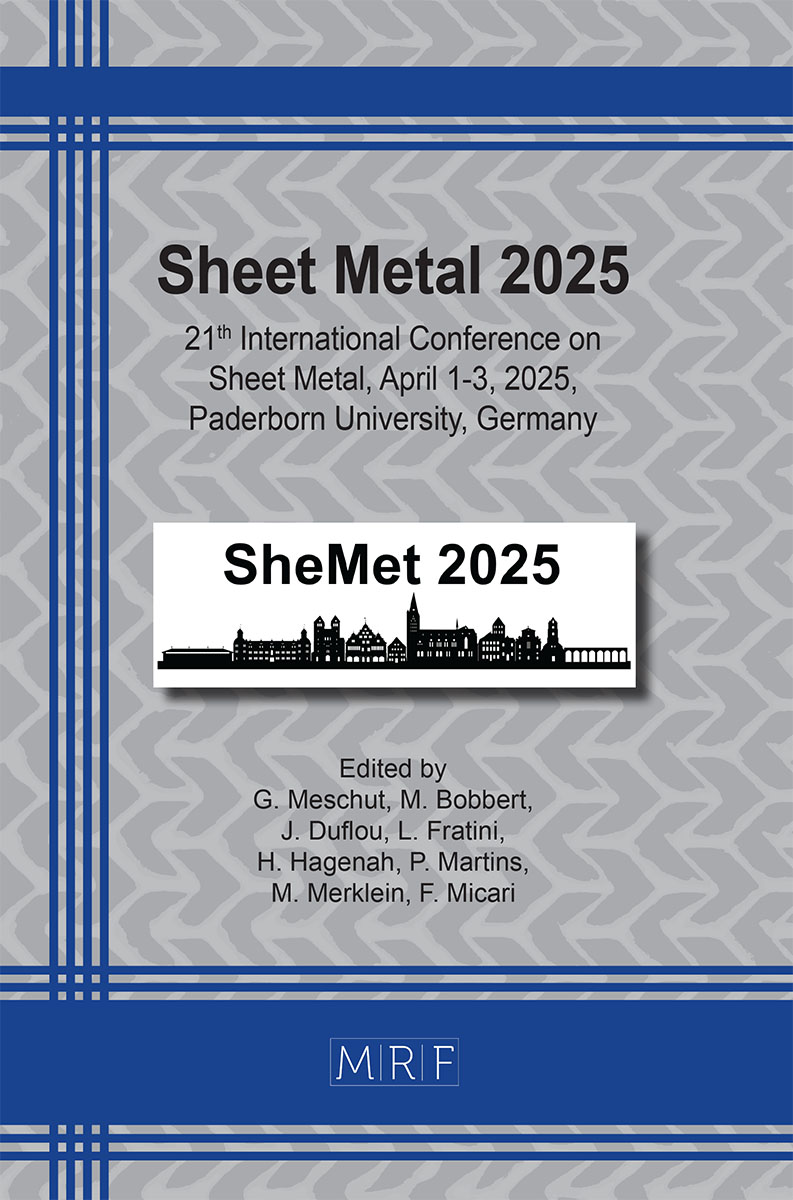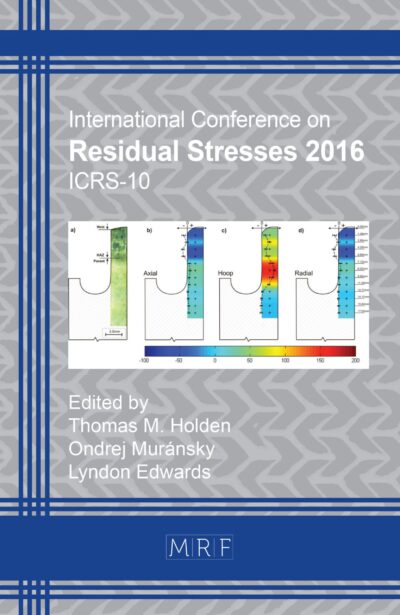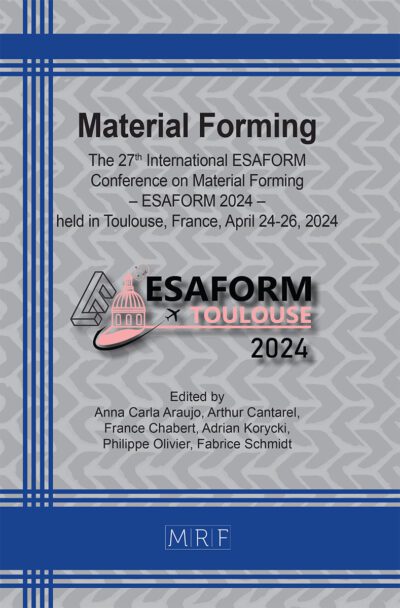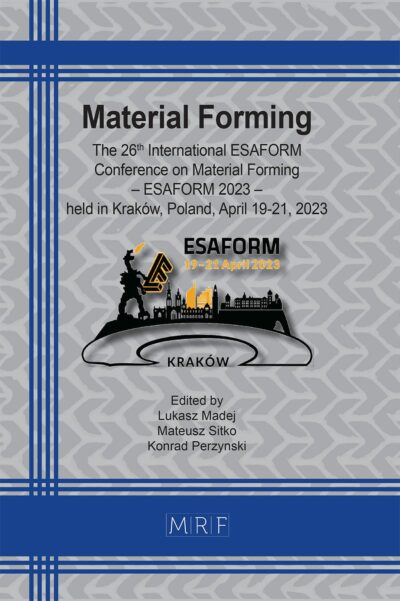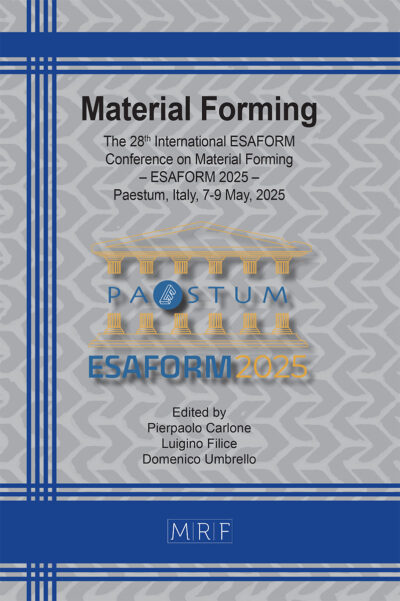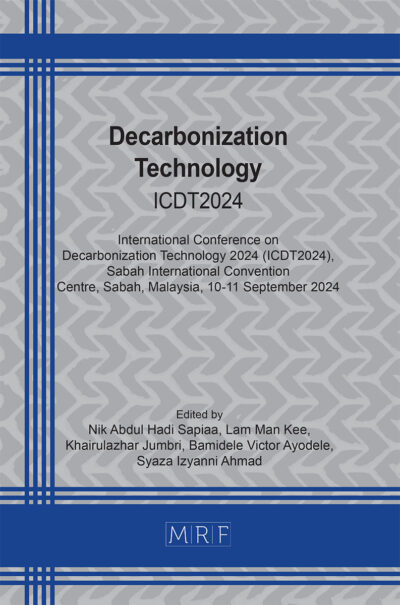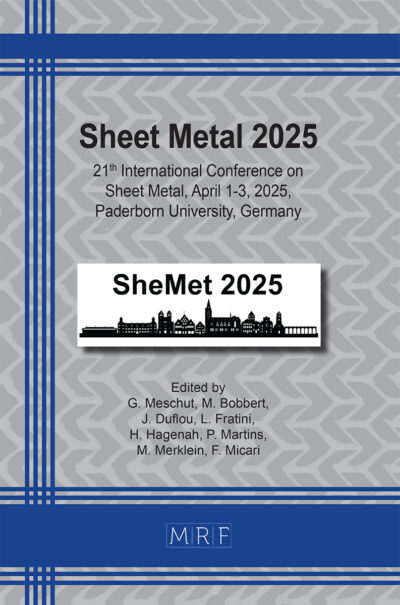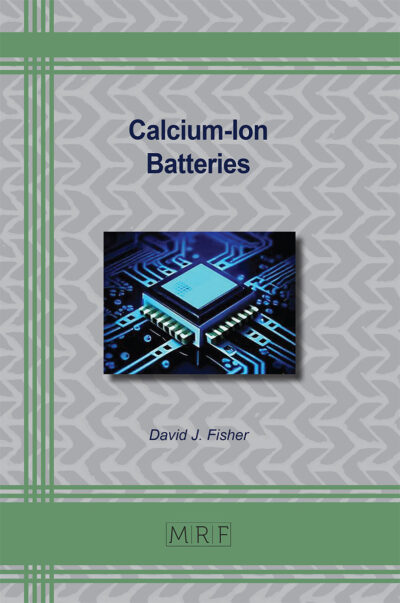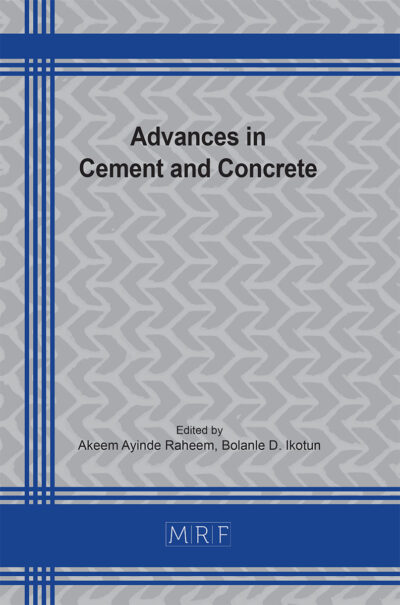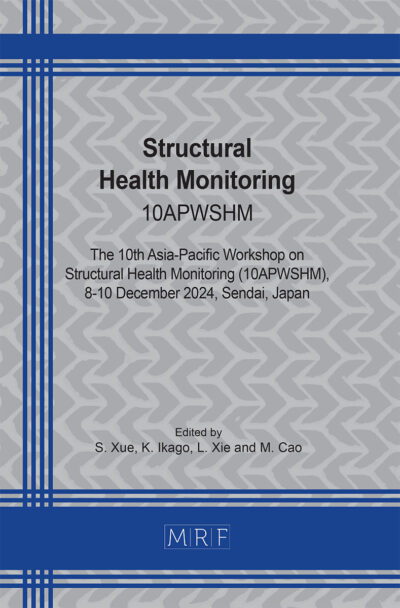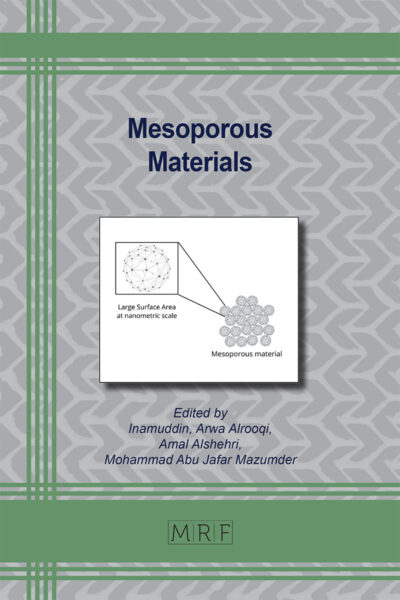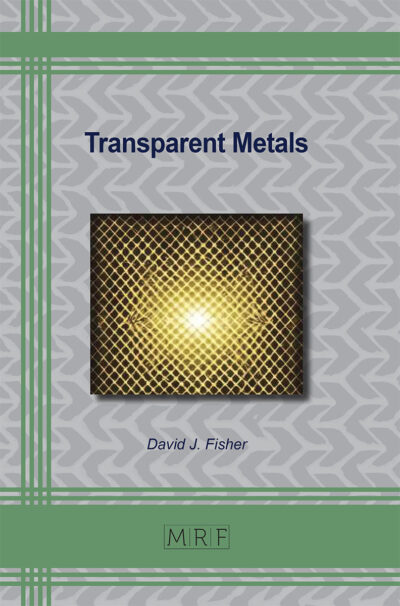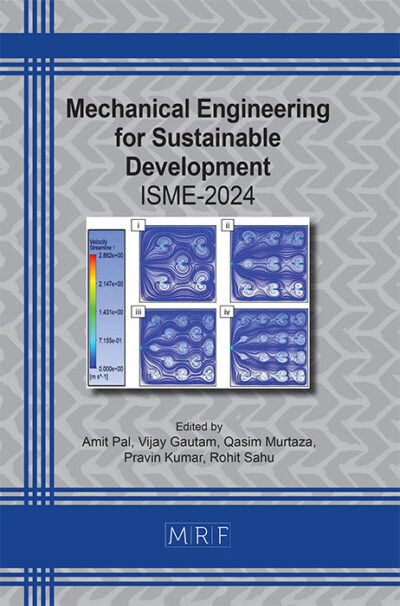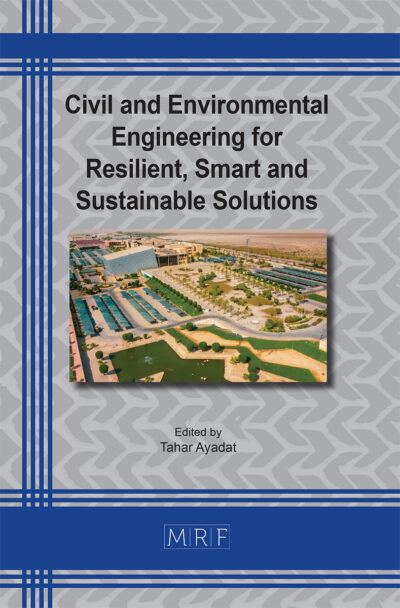Machine learning modeling of a deep drawing process for predicting resulting component properties after springback
Jonas Neumann, Umang Bharatkumar Ramaiya, Marion Merklein
Abstract. Batch and process fluctuations in the fabrication of sheet metal components can lead to variations in product properties, potentially impacting subsequent manufacturing stages and increasing rejection rates. Identifying and analyzing these deviations is essential to maintain consistent product quality. To counteract such variations, a metamodel for a process chain, including deep drawing, clamping, and clinching, is proposed. This work presents a machine learning (ML) modeling approach for a deep drawing process with an s-rail tool to predict key properties such as effective plastic strain, maximum principal strain, von Mises stress, and residual sheet thickness after springback. The goal was to present a feasible approach for the ML modeling of the investigated deep drawing process and assess prediction qualities across different component sections. It was demonstrated that, with a moderate number of simulations, the predictive capabilities of the models for the forecasted parameters, as measured by the normalized root mean square error, averaged no more than just below 12 percent. However, certain regions, such as critical ends of the flange areas and transitions or straight sections near curved areas, had worse prediction quality compared to other sections. These regions were highlighted for future research, which should focus on incorporating additional features into the ML training process to improve predictions in these identified sections. In a broader scope, this ML modeling for the deep drawing process could be combined with ML modeling of subsequent processes, such as clamping and clinching, to develop a holistic metamodel for the entire process chain.
Keywords
Sheet Metal, Deep Drawing, Machine Learning, ML Modeling
Published online 4/1/2025, 9 pages
Copyright © 2025 by the author(s)
Published under license by Materials Research Forum LLC., Millersville PA, USA
Citation: Jonas Neumann, Umang Bharatkumar Ramaiya, Marion Merklein, Machine learning modeling of a deep drawing process for predicting resulting component properties after springback, Materials Research Proceedings, Vol. 52, pp 309-317, 2025
DOI: https://doi.org/10.21741/9781644903551-38
The article was published as article 38 of the book Sheet Metal 2025
![]() Content from this work may be used under the terms of the Creative Commons Attribution 3.0 license. Any further distribution of this work must maintain attribution to the author(s) and the title of the work, journal citation and DOI.
Content from this work may be used under the terms of the Creative Commons Attribution 3.0 license. Any further distribution of this work must maintain attribution to the author(s) and the title of the work, journal citation and DOI.
References
[1] M. Liewald, T. Bergs, P. Groche, B. Behrens, D. Briesenick, M. Müller, P. Niemitz, C. Kubik, F. Müller, Perspectives on data-driven models and its potentials in metal forming and blanking technologies, Prod. Eng. Res. Devel. 16(5) (2022) 607-625. https://doi.org/10.1007/s11740-022-01115-0
[2] W. Drossel, F. Jesche, M. Israel, T. Falk, Sensitivitätsanalyse und Robustheitsbewertung beim mechanischen Fügen, Tagungsband T-037 des 3. Fügetechnischen Gemeinschaftskolloquiums (2013) 93-97.
[3] A. Thamm, F. Thamm, A. Sawodny, S. Zeitler, M. Merklein, A. Maier, Unsupervised Deep Learning for Advanced Forming Limit Analysis in Sheet Metal: A Tensile Test-Based Approach, Materials 16(21) (2023). https://doi.org/10.3390/ma16217001
[4] M. A. Dib, N. J. Oliveira, A. E. Marques, Single and ensemble classifiers for defect prediction in sheet metal forming under variability, Neural Comput. & Applic. 32(16) (2020) 12335-12349. https://doi.org/10.1007/s00521-019-04651-6
[5] R. Narayanasamy, P. Padmanabhan, Comparison of regression and artificial neural network model for the prediction of springback during air bending process of interstitial free steel sheet, J. Intell. Manuf. 23(3) (2012) 357-364. https://doi.org/10.1007/s10845-009-0375-6
[6] M. Wasif, M. Rababah, A. Fatima, S. Baig, Prediction of Springback using the Machine Learning Technique in high-tensile strength sheet metal during the V-Bending Process, Jordan J. Mech. Ind. Eng. 17(4) (2023) 481-488. https://doi.org/10.59038/jjmie/170403
[7] A. E. Marques, P. A. Prates, A. F. G. Pereira, M. C. Oliveira, J. V. Fernandes, B. M Ribeiro, Performance Comparison of Parametric and Non-Parametric Regression Models for Uncertainty Analysis of Sheet Metal Forming Processes, Metals 10(4) (2020) 457. https://doi.org/10.3390/met10040457
[8] M. Dezelak, I. Pahole, M. Ficko, M. Brezocnik, Machine learning for the improvement of springback modelling, APEM 7(1) (2012) 17-26. https://doi.org/10.14743/apem2012.1.127
[9] M. R. Jamli, N. M. Farid, The sustainability of neural network applications within finite element analysis in sheet metal forming: A review, Measurement 138 (2019) 446-460. https://doi.org/10.1016/j.measurement.2019.02.034
[10] S. Liu, Y. Xia, Z. Shi, H. Yu, Z. Li, J. Lin, Deep Learning in Sheet Metal Bending With a Novel Theory-Guided Deep Neural Network, IEEE/CAA J. Autom. Sin. 8(3) (2021) 565-581. https://doi.org/10.1109/JAS.2021.1003871
[11] E. Doege, B. Behrens, Handbuch Umformtechnik, Springer-Verlag Berlin Heidelberg, 2007.
[12] H. Schmid, Ganzheitliche Erarbeitung eines Prozessverständnisses von Tiefziehprozessen mit Ziehsicken auf Basis mechanischer und tribologischer Analysen, Dissertation, University of Erlangen-Nuremberg, 2022.
[13] E. Vallaster, S. Wiesenmayer, M. Merklein, Effect of a strain rate dependent material modeling of a steel on the prediction quality of a numerical deep drawing process, Prod. Eng. Res. Devel. 18(1) (2024) 47-60. https://doi.org/10.1007/s11740-023-01222-6
[14] F. J. Harewood, P. E. McHugh, Comparison of the implicit and explicit finite element methods using crystal plasticity, Comput. Mater. Sci. 39(2) (2007) 481-494. https://doi.org/10.1016/j.commatsci.2006.08.002
[15] divis GmbH, ClearVu Analytics (CVA) – Effiziente Datenanalyse, Modellierung, Vorhersage und Optimierung, 2023.
[16] A. Botchkarev, Performance Metrics (Error Measures) in Machine Learning Regression, Forecasting and Prognostics: Properties and Typology. IJIKM 14 (2019) 45-79. https://doi.org/10.28945/4184

